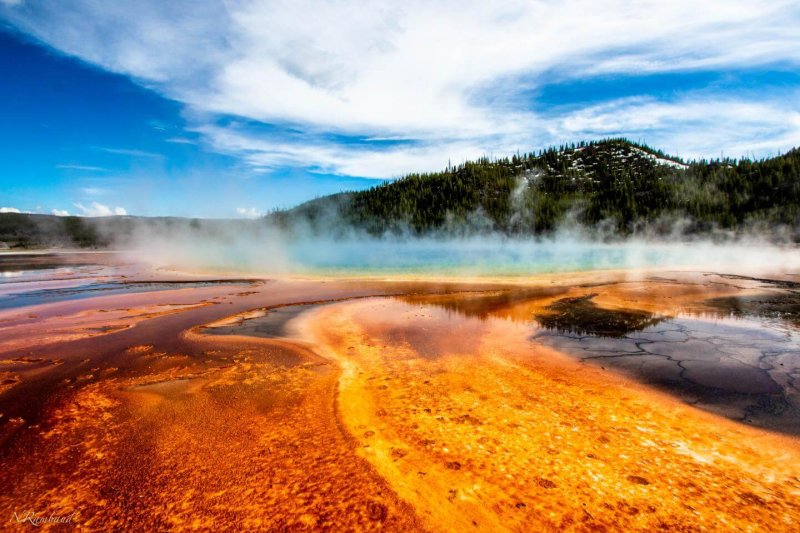At 158 degrees Fahrenheit (70 degrees Celsius), the vents are a bit hot for a bubble bath but, it turns out, just right for the formation of amino acids and structures that could serve as cell membranes.
Scientists suspect that deep hot vents like these might have seeded life on Earth about 4 billion years ago. Some hydrothermal vents release alkaline fluids, which could supply the energy needed to build complex organic molecules.
…
The vent hypothesis is somewhat controversial, but recent experiments lend weight to it. In one, NASA astrobiologist Laurie Barge and her colleagues showed how amino acids, the building blocks of proteins, could have formed near alkaline vents.
Follow the latest news and policy debates on sustainable agriculture, biomedicine, and other ‘disruptive’ innovations. Subscribe to our newsletter.































